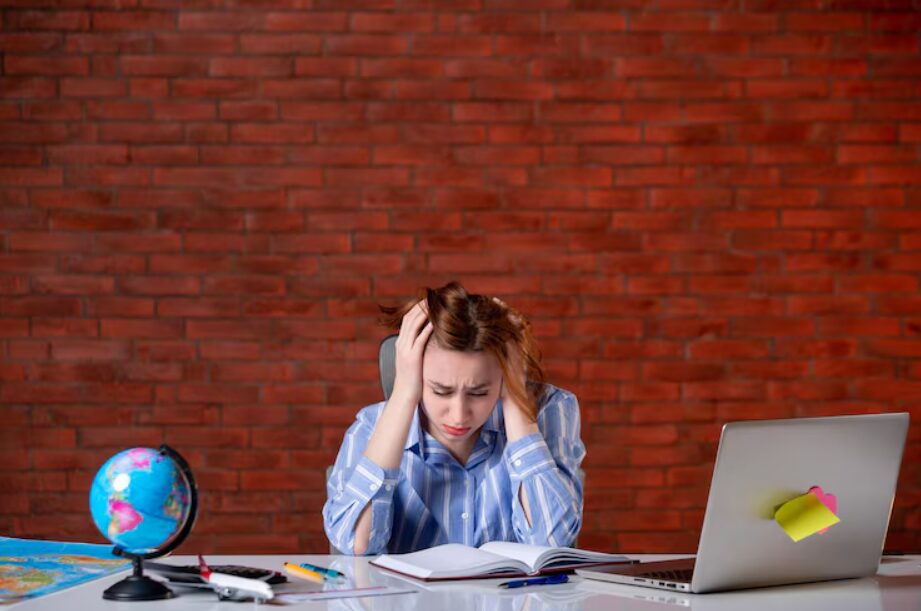Introduction: Understanding the Impact of Poor Education Systems
Education is one of the cornerstones of societal development. It shapes individuals, communities, and economies, contributing to long-term success and prosperity. However, not all states provide the same quality of education. Some face challenges that hinder students’ ability to reach their full potential, often resulting in a cycle of disadvantage. In this article, we explore the worst states for education in the U.S. and analyze the reasons behind their struggles.
Factors Contributing to Poor Education Systems
Several factors play a role in determining the quality of education within a state. From underfunded schools to teacher shortages, these elements can significantly impact the learning experience for students. Understanding these issues is critical in identifying the states with the worst education systems.
- Lack of Adequate Funding
One of the primary reasons some states struggle with their education systems is a lack of funding. Schools in these areas often have fewer resources, outdated textbooks, and inadequate facilities. The inability to invest in modern teaching tools and technology can lead to poor educational experience. Teachers in underfunded schools may also face overcrowded classrooms, making it harder to give individual attention to each student.
- Teacher Shortages and Low Pay
Teacher shortages are a pressing issue in many of the worst-performing states. Inadequate pay and difficult working conditions drive teachers out of the profession or discourage potential educators from entering the field. This results in understaffed classrooms, a lack of specialized educators, and inconsistent teaching quality. Students in these states often miss out on the individualized support they need to succeed academically.
Key Indicators of Education Quality
While funding and teacher quality are major contributors, other indicators can reveal how well a state’s education system is performing. These include graduation rates, standardized test scores, and college readiness. States that consistently perform poorly across these areas are often ranked among the worst for education.
- Low Graduation Rates
Graduation rates are a crucial measure of a state’s education success. Low graduation rates indicate that students are not completing their education, often due to various challenges such as lack of engagement, insufficient support, or personal hardships. States with high dropout rates tend to have underperforming education systems, which can have long-term economic and social consequences.
- Poor Performance on Standardized Tests
Standardized test scores are another key indicator of educational quality. States with the worst education systems often see students scoring below national averages. These tests help measure knowledge in areas like mathematics, reading, and science. When students in these states perform poorly, it can reflect systemic issues such as inadequate curriculum, insufficient teaching resources, or socio-economic barriers.

Impact of Poor Education on Society
The consequences of a poor education system extend far beyond the classroom. Education is directly linked to employment opportunities, income levels, and overall quality of life. Students who receive subpar education are more likely to struggle later in life, facing challenges such as lower-paying jobs, limited career prospects, and higher rates of unemployment.
- Economic Consequences
A poorly educated workforce can be detrimental to a state’s economy. States with low educational outcomes often experience slower economic growth and higher levels of poverty. Without an adequately educated population, businesses may struggle to find skilled workers, and innovation can stagnate. This results in a cycle of poverty and limited opportunities for future generations.
- Social Implications
In addition to economic effects, the social consequences of poor education are profound. Communities with weak education systems tend to have higher crime rates, lower levels of civic engagement, and reduced social mobility. Education is a key factor in breaking the cycle of poverty, and without it, individuals are more likely to experience poor health, incarceration, and lack of upward mobility.
Conclusion: The Need for Change in the Worst States for Education
The worst states for education face a range of challenges that limit their students’ potential and future opportunities. Lack of funding, teacher shortages, and poor performance on key academic measures contribute to these states’ struggles. It is essential that policymakers, educators, and communities work together to address these issues and create an education system that provides equal opportunities for all students. By investing in education and improving resources, we can pave the way for a brighter future for students in every state.










